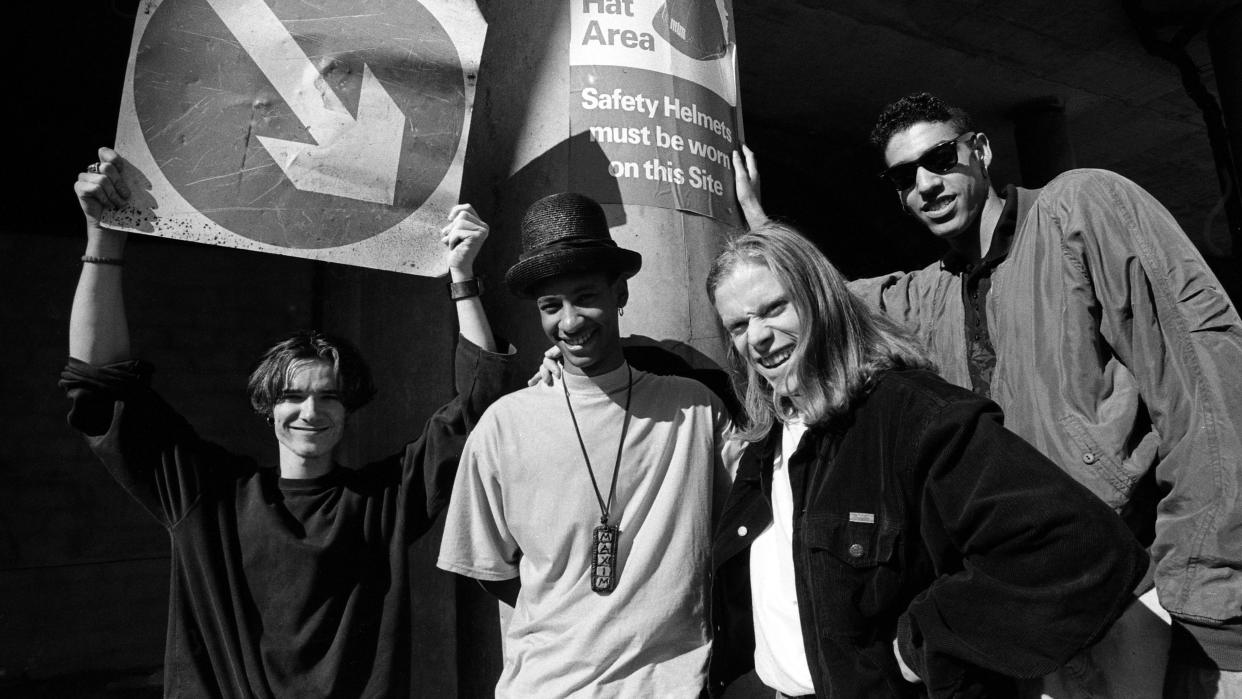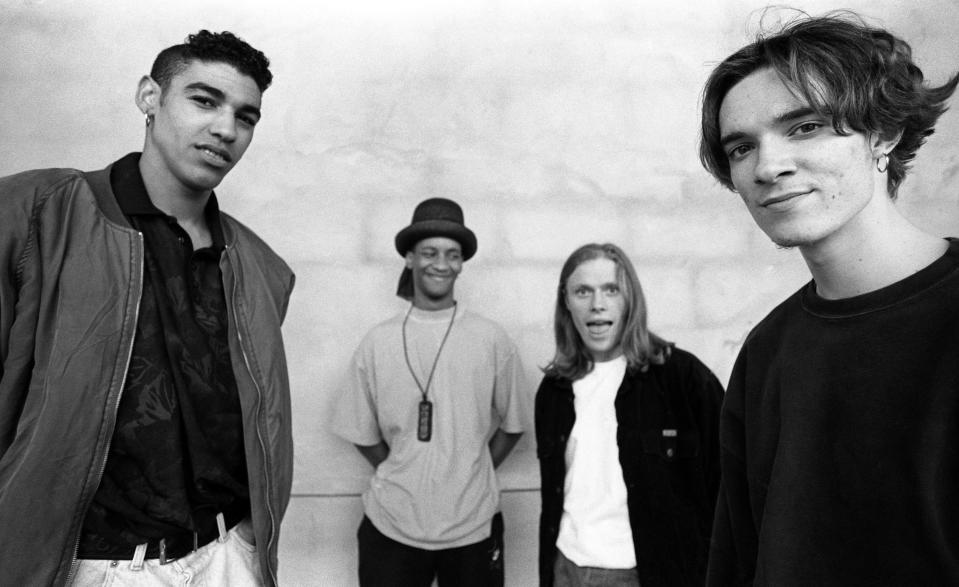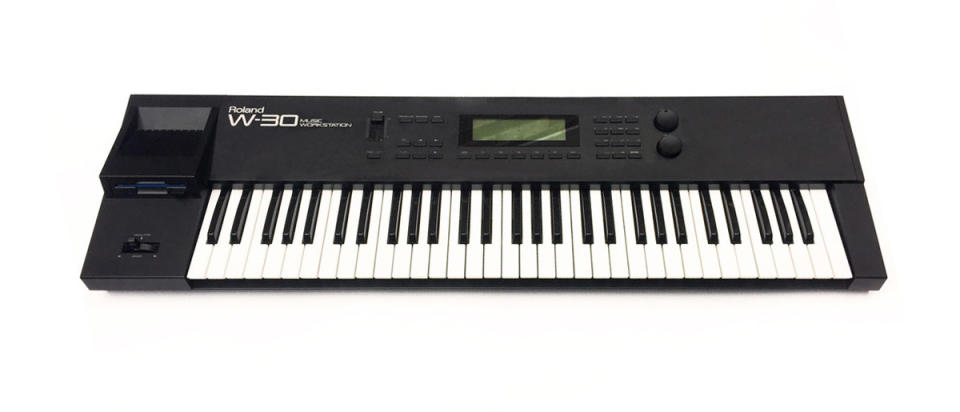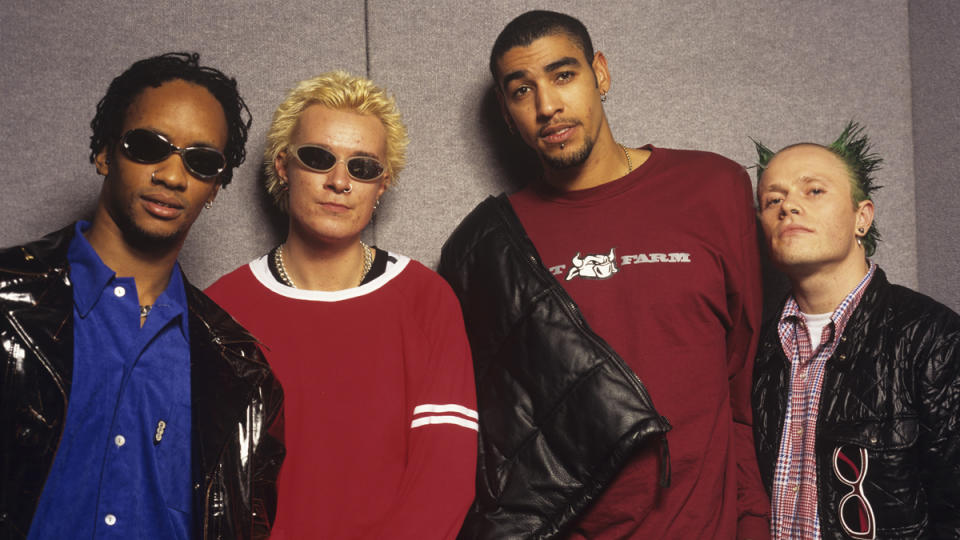"I was probably off my head": The story of The Prodigy’s cartoon-sampling rave hit Charly

Plastering a sample of a kid's voice and a cat's miaow over the top of a breakbeat and a screaming synth line doesn't sound all too controversial in 2024, but it's fair to say that The Prodigy's Charly blew the collective minds of the British public when it unexpectedly surged up the charts in 1991.
While Liam Howlett and co's mutinous brand of electronic punk has gone on to become world-renowned, it wasn't until the group released this iconic, cartoon-sampling banger that the public took notice.
"I was quite surprised really", Howlett told Music Technology magazine in 1992. "It wasn't meant to be a novelty record - it was meant to be an underground record because it was such a mad idea."
Charly's infamous sample comes from Charley Says, a '70s public information film for children in which an animated child and his cat educate kids on how to stay safe. "Charley says you should always tell your mummy before you go off somewhere", the sample goes, setting childish innocence against ecstasy-addled abandon in a deliciously ironic contrast.
"I probably was still off my head but I just thought it would be mad to do a track out of that for people who remembered that advert," Howlett said in a feature published on The Prodigy's website. "I also thought it would mess with people's heads a little bit. You know, this voice from your childhood giving you good advice in the middle of [a] fucking rave!"
I thought it would mess with people's heads a little bit. You know, this voice from your childhood giving you good advice in the middle of [a] fucking rave!
The track certainly messed with people's heads, but in all the right ways, rocketing up the charts to No 3 in the UK and selling 200,000 copies; no mean feat while the nascent sound of rave was still in relative infancy. Charly even inspired a raft of copycat samplists to lift snippets from kids' TV shows such as Trumpton, Sesame Street and The Magic Roundabout in a short-lived microgenre nicknamed toytown techno.
Not everybody was so taken with Charly, though, and the song received decidedly mixed reviews from critics (Mixmag suggested on a 1992 magazine cover that the song "killed rave", sparking a decade-long feud with the band) and even prompted a complaint from the voice actor heard in the song's titular sample.
"At the time of the release there were people saying 'you can't do that, they'll sue you', but we turned it around by saying it was a message to kids not to go off with strangers," Howlett told MT. "I think the guy whose voice it was phoned Virgin and tried to get some money for it, but they said 'No way' and he said 'Fair enough, I like the record anyway'."

Though it was Charly's central sample that helped the song stand out, we shouldn't diminish the contributions of its other elements, which were produced by Howlett using a limited bedroom set-up consisting of two Roland W-30 workstation keyboards, sampling drums from Rhythim is Rhythim’s Drama and vocals from MC Shan’s Juice Crew Law.
"The second EP was done using two W30s and sampling off turntables [...] I used to run one W30 while the other loaded, then swap over", Howlett recalled. "That's how we first did it live - mixing and playing bits over the top of the sequences.
"It was easy stuff because I didn't really understand too much about studio technology," he continued. "The only way I found to learn was to go down to the studio where we mixed the first two EPs and sit with the engineer and let him tell me what he was doing."
Released in 1989, the W-30 offered a 12-bit sampler, a sample-based synthesizer and 16-track sequencer in a singular package - more than enough firepower for a talent like Howlett to concoct one of UK rave's most iconic productions.

For the Prodigy’s early releases, Howlett would assign various samples to the W-30’s eight outputs and mix these down to tape, a rough-and-ready approach that he believed helped catch the ear of XL Recordings, the influential label that took a chance on his demos. “I think that’s probably what attracted XL,” he told Future Music in 1992. “All the others were top-quality demos, done in studios, and mine was raw and ropey, almost noisy.”
Such was Howlett’s fondness for the W-30 that, even as his set-up expanded to include more sophisticated gear, Howlett kept the keyboard around.
"If something is hand-made, it comes out better," Howlett told MT when asked why he hadn't yet made the shift to computer-based production with the then-ubiquitous Atari ST, which offered far more advanced capabilities for arrangement.
CLASSIC INTERVIEW

Liam Howlett: “If we’d have tried to write another Charly, it would have been the downfall of us”
"With the W-30 I can tap in exactly what I want - I never use copy mode, never. I think with an Atari it's just too easy to tap in a bassline, repeat it for 30 bars and so on. Instead of having the same cymbals all the way through I tap them in and change them as I go. And I think that helps give me 'my' sound."
After Charly hit the Top 10 and The Prodigy became a household name, many artists might have been tempted to replicate its success with more of the same. Not Howlett, though, who invested the proceeds in a haul of new gear (including a Roland U-220 synth module, a 32-track Tascam mixing desk and a TR-909) and set about producing the tracks that would become the group’s debut album, Experience.
“If we’d have tried to write another Charly, it would have been the downfall of us,” Howlett told FM. “We’d have been labelled the cartoon samplers, the toytown techno group.” It’s a good thing they didn’t.

 Yahoo News
Yahoo News 
